We have all heard of AI. There is a lot of talk about how it is revolutionizing the business landscape, improving productivity, and cost-effectiveness. But there is also concern about the dangers of unleashing AI prematurely, without the necessary precautions and legislation in place.
"Powerful AI systems should be developed only once we are confident that their effects will be positive and their risks will be manageable," said the open letter signed by Elon Musk and a group of artificial intelligence experts issued in March 2023.
Political, educational and ethical issues aside, for the average business owner, the main concern is whether AI poses any security threats, what it is exactly, and how to deal with it. Let’s have a closer look.
What is AI and Generative AI?
AI stands for Artificial Intelligence. We’ve been hearing about AI for decades, initially from futurists and sci-fi writers who discussed its implications for humanity. On November 30, 2022, ChatGPT, the first AI-based chatbot, was launched to the public, and our lives have been irreversibly changed since then.

AI is a technology that allows computers to perform tasks and make decisions like a human. In other words, it mimics us by following patterns discovered by studying large amounts of data. The most used AI at the moment is Generative AI, which differs from traditional AI. It uses data to generate new content, such as text, images, or audio, instead of making human-like decisions.
Generative AI has proven to be an instant hit with fraudsters of all types. It has elevated the art of identity theft to a new level, enabling extreme personalization, voice spoofing, video spoofing, document forgery, and the creation of entirely fake identities.
Business owners must be extremely vigilant. Let’s delve into the most popular AI-driven scams and how you can protect your business and customers’ data.
Your Confidential Data Can Appear in External AI Applications
AI needs constant training to mimic and replicate human behavior as accurately as possible. For instance, if you prompt ChatGPT to provide a sample financial statement, it will use all the examples it has encountered and generate something it thinks you will like. This means that the sample statement consists of multiple chunks of data taken from the financial statements AI had previously processed.

Similarly, if your data is compromised and used to train AI, your confidential information can become public knowledge. For example, an AI chatbot might use one of your real client’s names and data as an example. The worst part is that you can’t untrain AI or make that data private again—there is no ‘undo’ button. Thus, you could be breaching various privacy laws and regulations, knowingly or unknowingly.
AI Fraud Attacks Are Highly Sophisticated
AI sales tools can masterfully identify and target individuals with highly personalized messages. Whereas it used to take someone a day to collect personal information from the web, AI can do it in seconds. This information is then analyzed, and hyper-personalized emails are sent out. If you respond, AI can generate human-like responses until the fraudsters get you to share your sensitive information.
Messages appearing to be from your business to your client can be masterfully faked to access your internal data. AI can also falsify official documents to target your customers or masquerade as a legitimate customer with an entirely fake identity to gain internal access.
Imagine that a year or two from now, your customers receive regular AI-generated emails from your name containing fraudulent prompts and misinformation. How would this affect your relationship with your customers? They may block all emails from your domain, even if they know you are not sending junk their way. Unethical competitors could use this technique against you to ruin your reputation.
But that’s not all! Have you heard of voice spoofing? You could get a call from a friend or relative asking for urgent help, usually involving money. Would you be able to distinguish between AI and a real person? What if this technology was used on your customers? And then, of course, there are the infamous deepfakes, which are now ultra-sophisticated.
How to Protect Your Business from AI-Generated Threats
First of all, all employees need to be educated about AI. Far from everyone is up to date on the latest technology and understands its implications at work and in personal life. Educating employees about the latest AI phishing and scamming tactics is crucial. Regular training sessions should be conducted to raise awareness about recognizing and responding to suspicious activities. Employees should be encouraged to report any unusual emails or behaviors immediately.
Two-factor authentication (2FA) is a must for any business that cares about security. Enforcing 2FA or multi-factor authentication (MFA) should be one of the first steps toward data protection. This significantly reduces the risk of unauthorized access, even if passwords are compromised.
Data encryption in transit and at rest ensures that even if cybercriminals intercept communications or access databases, they cannot read or misuse the data. This also applies when you need to send sensitive information via email. Most email providers allow in-transit email encryption, although sometimes you need to enable this on your account. Ideally, you should implement end-to-end encryption to secure the entire email communication process. This means that messages and any attached files are encrypted on your device before being sent and remain protected until the recipient decrypts them on their device. This ensures that the contents are secure and unreadable by anyone who might intercept them during transmission.
The rapidly evolving nature of cyber threats necessitates continuous vigilance and adaptation. SMEs must stay informed about the latest developments in cybersecurity and be prepared to update their strategies and technologies accordingly. Collaborating with cybersecurity experts and participating in information-sharing networks can also help SMEs stay ahead of emerging threats. Constantly checking for vulnerabilities in an organization's IT infrastructure by conducting regular security audits, including penetration testing to simulate potential cyber-attacks, will help keep hackers at bay.
A Simple Solution That Can Protect You from AI-Powered Attacks
Keeping on top of all these security measures while running a business is no easy task. For SMEs, a better solution would be to move all customer data and communications into a unified, secure setting that handles the technical side of data security, allowing them to focus on customers and business operations. This solution is called a client portal.

A secure and highly-trusted client portal provider, such as Clinked, offers excellent security in addition to a wide range of productivity and communication features. Clinked is ISO 27001 certified and GDPR compliant, ensuring that the platform adheres to best practices in data security and privacy protection.
Clinked uses Amazon Web Services (AWS) for public cloud solutions, meeting rigorous security standards. These data centers are ISO 27001, SAS70, and PCI certified, HIPAA compliant, and adhere to US federal government requirements with FISMA and FIPS certifications. In addition to using the highly secure AWS pentest servers, Clinked regularly updates its software to address potential vulnerabilities and incorporate the latest security practices. This ensures that the client portal is protected against emerging threats.
On top of this, Clinked offers 2FA and Single Sign-on (SSO). SSO allows users to access the client portal using their existing enterprise credentials, reducing the risk of password-related security issues and simplifying user management. Users are able to login using their Google, Apple, LinkedIn and Microsoft credentials.
Inside the portal, owners benefit from industry-leading granular access controls and permissions, which can be fine-tuned to ensure that users only have access to the data and features they need. This reduces the risk of accidental or intentional data breaches. The client portal includes detailed audit trails and activity logs, allowing administrators to monitor user actions and detect any suspicious activity. This helps in quickly identifying and responding to potential security breaches.

The platform allows for secure file sharing with clients, teammates and vendors, ensuring that files are transferred and stored in an encrypted format. Clinked provides secure messaging and collaboration tools within the portal. Clinked’s client portal uses end-to-end encryption to ensure that data is encrypted from the moment it leaves the sender's device until it reaches the recipient. This type of encryption is used by banks.
Finally, the platform includes robust data backup and recovery mechanisms. In case of data loss due to cyber-attacks or other incidents, businesses can quickly restore their data, minimizing downtime and data loss.
In conclusion
If you require a simple but bank-grade secure solution for storing your data and for secure communication with your customers and partners, you need to consider a proven provider of client portals and virtual data rooms – Clinked. If your use case is extremely complex or non-mainstream, Clinked can also help. They offer a bespoke custom portal solution that is designed and built to your specifications.


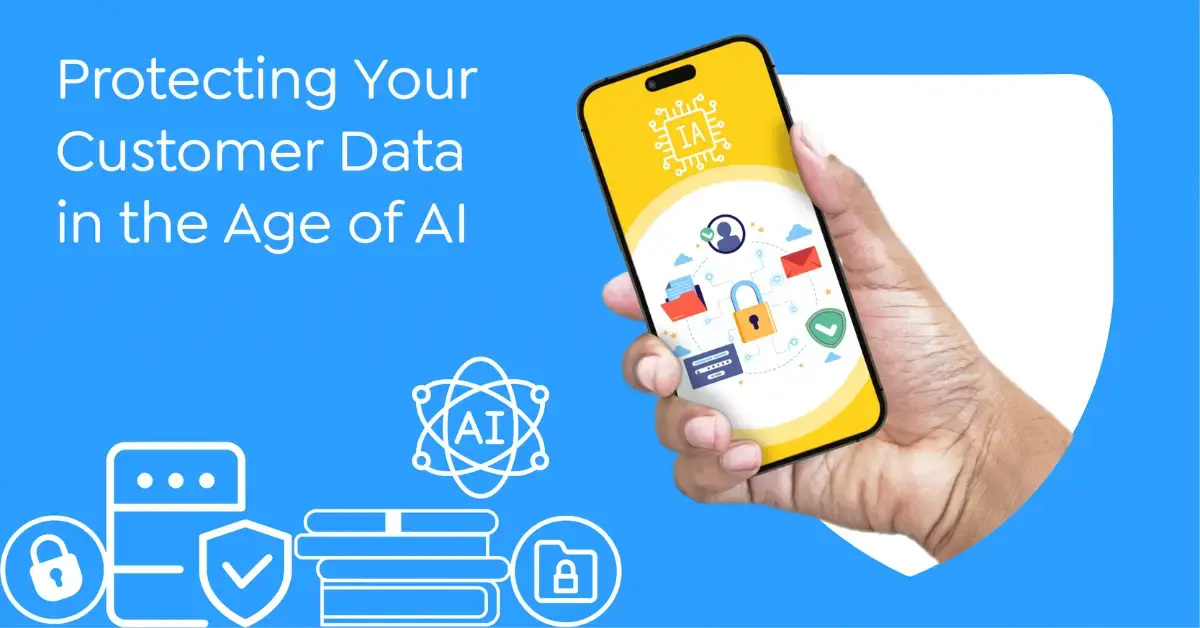
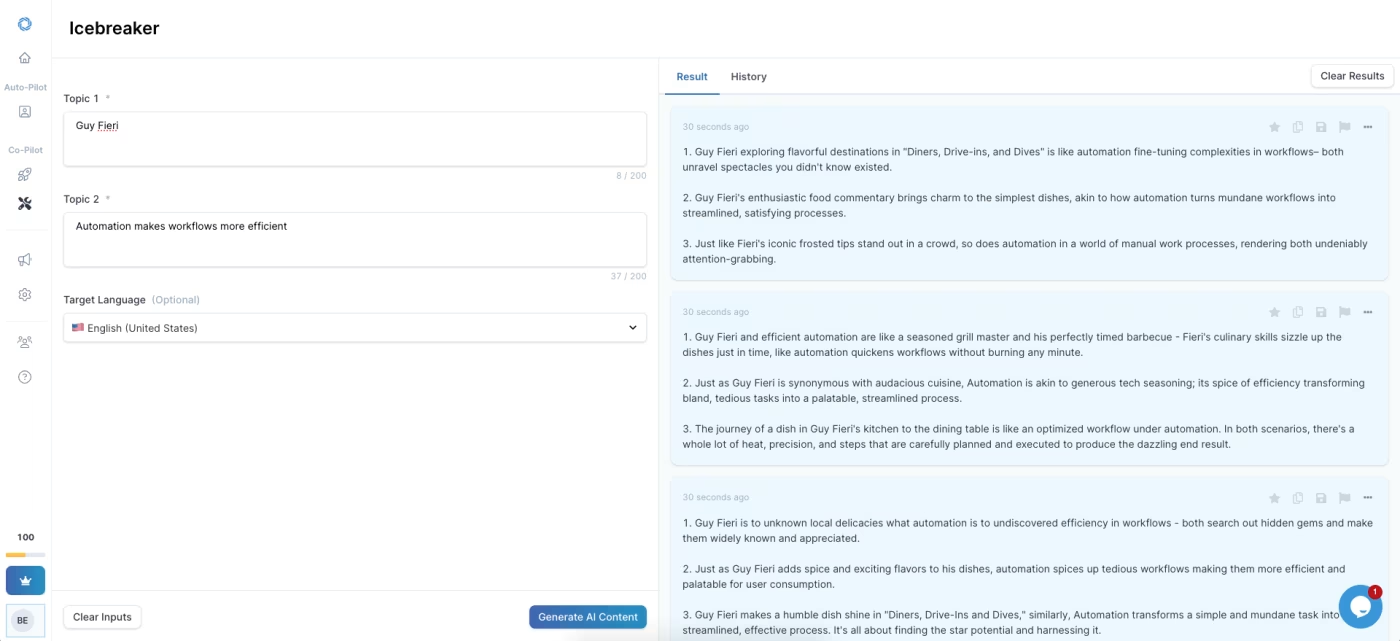



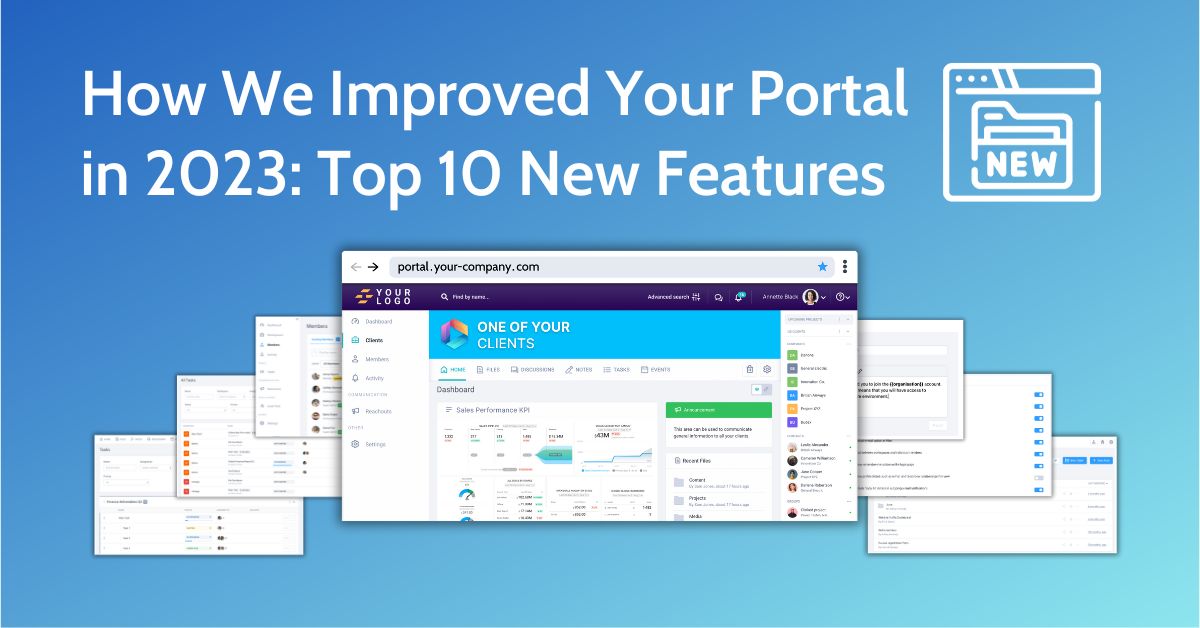
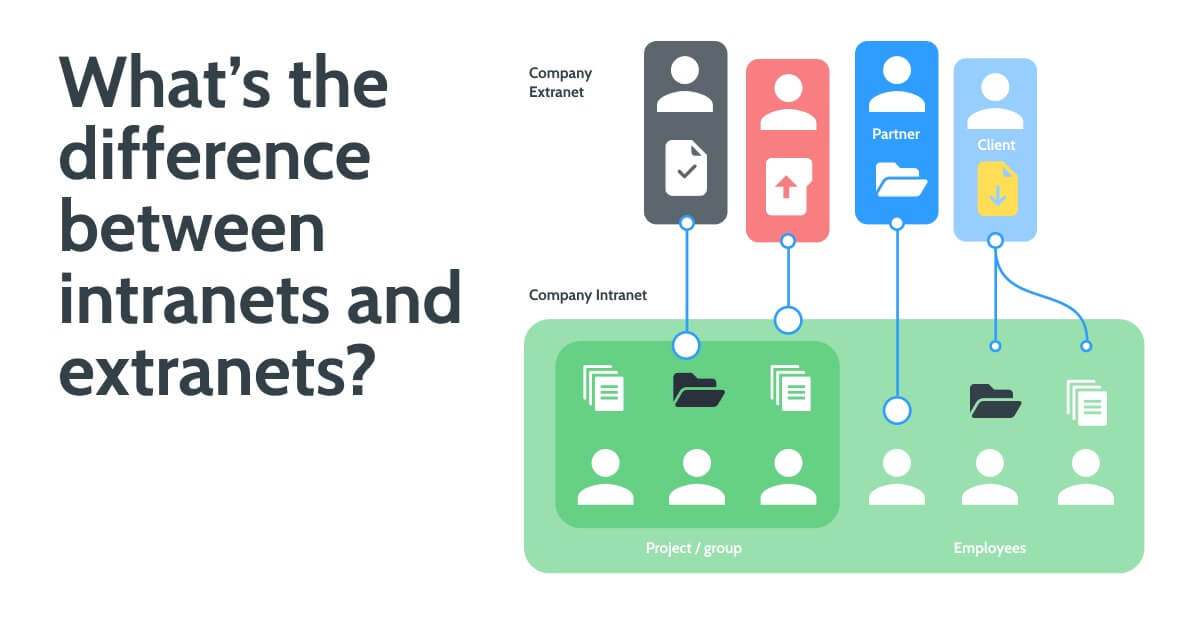
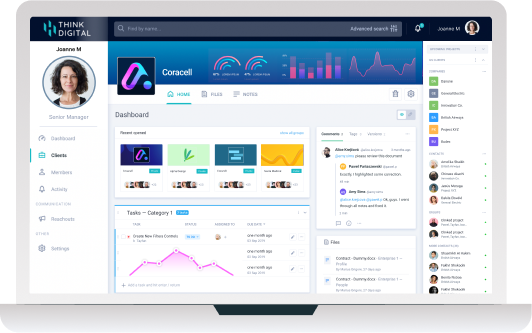

Let Us Know What You Thought about this Post.
Put your Comment Below.